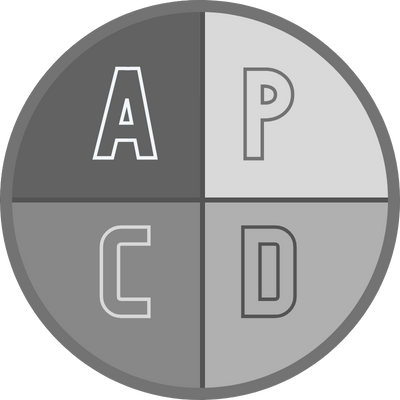We assist companies in defining their desired future state. Our approach is based on the PDCA process (Plan, Do, Check, Adjust), a continuous method that involves planning, implementing, evaluating, and adjusting in a cyclical process. Plan: We start with a thorough analysis of the current situation, including how Revenue Management is utilized, which key methods are measured, what is working well, what can be improved, what challenges exist, and whether they can be addressed.
Do: The next step involves testing our findings in practice. We implement small changes, evaluate the results, and make further improvements.
Check: Taktikon conducts ongoing checks to ensure that improvements are consistently tested in real-world scenarios.
Step 1: Revenue Management Audit Before starting a Revenue Management Outsourcing project, we always conduct a market analysis to optimize results in the best possible way. A Revenue Management audit may include the following components: - Analysis of pricing relative to review scores.
- OTA (Online Travel Agency) performance report.
- Benchmarking and Fair Share report.
Step 2: Implementation of Revenue Outsourcing To begin Revenue Management Outsourcing, Taktikon only requires access to various systems. Having completed numerous projects across Europe, we are familiar with most systems and do not require additional training. - Property Management System (PMS).
- Channel Management System / Central Reservations System (CRS).
Step 3: We’re Up and Running Taktikon follows the Revenue Management Wheel, meaning we continuously test and evaluate our performance. This is how we have become, and continue to be, the best in our field. - Analysis: We start with a SWOT analysis, identify factors impacting demand, assess the company’s market position, examine customer behavior, review past sales results, and analyze benchmarking reports.
- Forecast: We forecast demand by conducting a market forecast that considers factors affecting demand, lead times, and customer behavior.
- Strategy: The analysis and forecast lead to the development of the optimal strategy. Here, we create the best possible pricing and distribution strategy and identify the optimal sales and marketing activities.
- Implementation: We execute and communicate our strategy to relevant departments.
- Evaluation: In this step, we analyze the results of our strategies to continually improve. What worked well? How can we use that insight to improve? What didn’t work as well? What have we learned from it?

